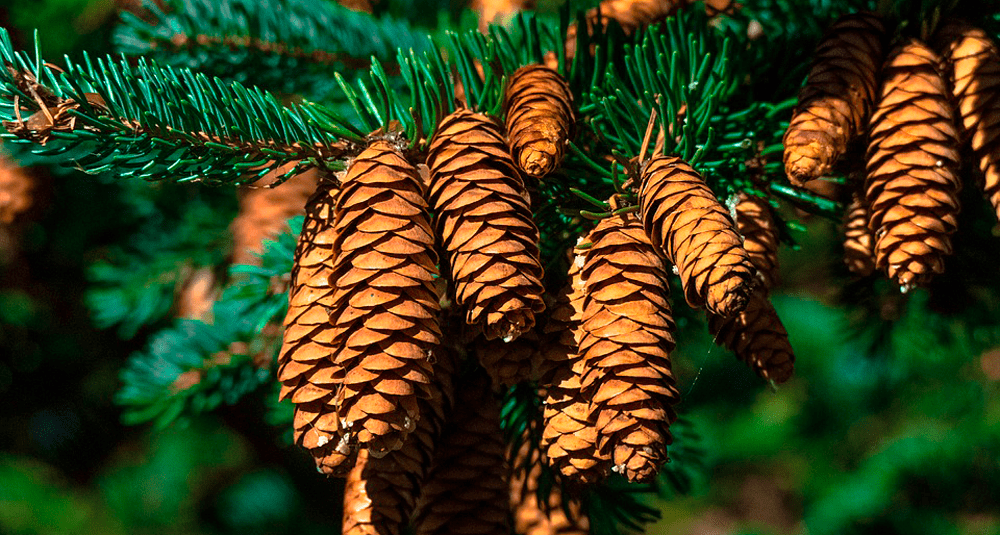What family do fir trees belong to?
Last Updated:
The fir tree, that majestic, emblematic tree, is more than just a symbol of the winter season. Its ecological and cultural importance is immense, making it a fascinating subject of study. This article aims to enlighten the reader on the botanical family to which the fir belongs, while exploring its diversity and unique characteristics.
Firs, scientifically known as Abies, are part of the fascinating world of resinous trees. These conifers are distinguished by specific botanical characteristics, such as needles and cones, that deserve special attention. The use of the term fir can sometimes lead to confusion, but here we’ll concentrate on the precise botanical definition.
Firs belong to the Pinaceae family, a group that includes several genera of resinous trees. This family is remarkable for its diversity and adaptation to a variety of ecosystems. In addition to firs, the Pinaceae family includes genera such as pines (Pinus), spruces (Picea) and larches (Larix), each with its own characteristics.
Trees in the Pinaceae family share many distinctive traits. Their evergreen needles, cones and ability to thrive in a variety of climates are among the most notable. In firs, these characteristics are particularly evident, with flexible needles and erect cones that don’t hang down like other conifers.
Firs are found in many parts of the world, with a geographical distribution that ranges from temperate to subarctic zones. Each fir species, from Abies balsamea (balsam fir) in North America to Abies alba (silver fir) in Europe, has adapted its characteristics to its specific habitat, reflecting the remarkable diversity and adaptability of these trees in the Pinaceae family.
nature

What family do fir trees belong to?
Answer
Firs belong to the family Pinaceae, which includes about 600 species of conifers, and are characterized by their pyramidal shape.